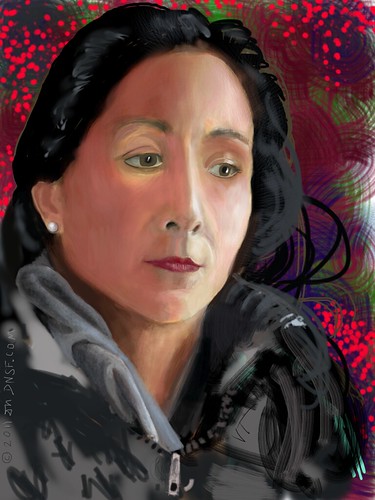If
were to join a side of whether art should be allowed to be involved with
technology, I would say I am an advocate of the marriage between art and technology.
This isn't because I'm a little bit of a nerd myself and have grown up with
technology, but just by looking at the definition of art there is no specified
medium. What is included in definition is that art is the expression of one's
self with the use of their imagination and a medium. Like the introduction
said, art is moving into fields such as ones once dominated by engineers (algorithms,
fractals, etc.) and is continuing to expand. Technology is creating a whole new
world for artists to explore and branch out into.
Of
course when people think of art they think of sculptures and paintings, however
that idea is evolving. I think that with new technology, art is going to
continue to evolve and people are going to slowly shift their views away from
such typical mediums such as sculptures and paintings when they think of art.
Instead, I believe that mediums involving technology are going to become the new
stereotype one day in the future. I see art evolving as fast as technology
evolving. It so happens to be that we are living in a technological revolution
so I am curious to see what is to come. However, unlike the Renaissance or
industrial revolution, I don't see an end to the technological revolution. I
see ourselves on an exponential rate of improving technology as people continue
to explore new areas.



